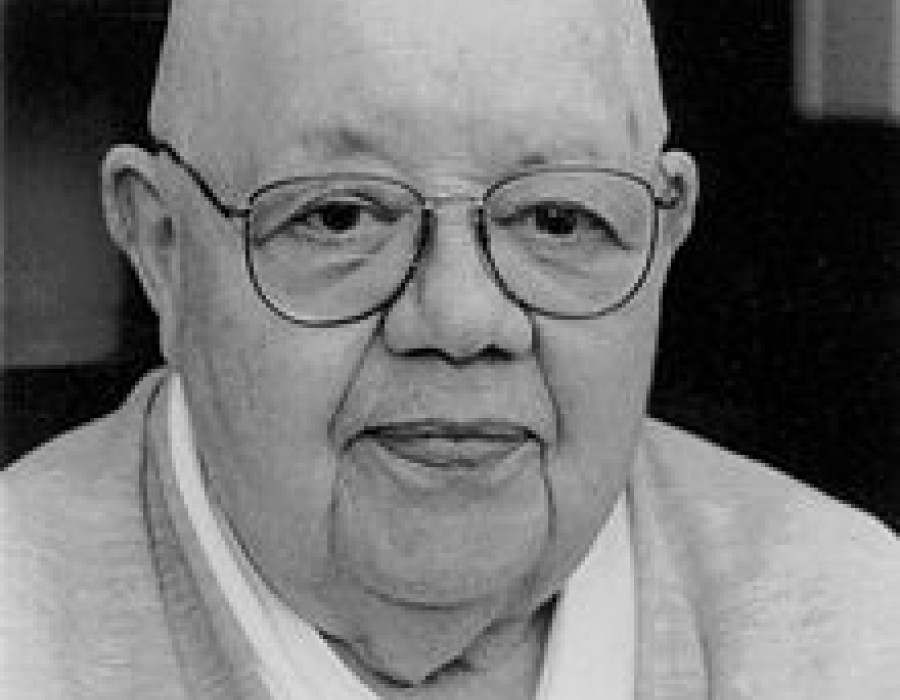
Martin Goodson
A Torrent from the Mountain Peak
Remembering Daiyu Myokyo Zenji
A collection of stories told by Ven. Myokyo-ni from her own life which she used to illustrate various teaching points. This article was originally published in Zen Traces, the journal of the London Zen Group in 2007, shortly after her death.

Daiyu Myokyo Zenji/Ven. Myokyo-ni
Venerable Myokyo-ni used to joke that she was really three hundred years old because the people in the rural area of Austria where she was raised were very traditional and happily stuck in that time period. Some might see in their attitude merely a refusal to move with the times but she liked to think of it more as a restraining hand on our fascination with everything new. These days the word ‘new’ has become synonymous with ‘improved’ and we are apt to roll our eyes at anything traditional. Yet there is always the lingering feeling that by ignoring our past we have lost something important.
The collective wisdom of past experience was the subject of many of the stories and sayings that Ven. Myokyo-ni would vividly recount in her teishos or at the dining room table. She was fond of Austrian sayings such as “There is no good rider who has not kissed the dust” or Indian ones such as “A healthy person has a thousand wishes; a sick person only one.” Her anecdotes seamlessly matched whatever aspect of the Buddha’s teaching she was trying to explain. This ability to match the content of a 2,500-year-old teaching with the rough and tumble of a modern life shows just how relevant it remains today.
Even a simple anecdote about learning to ride a bicycle could contain a profound lesson. Ven. Myokyo-ni learned to ride on the pot-holed and stony roads of her childhood. She described how in the beginning she would steer fearfully away from some big stone in the middle of the road only to find herself drawn back like a magnet towards it. After she gained confidence, she no longer hit these stones and paradoxically found it was hard to hit them even when she tried. Myokyo-ni would often end her remarks by quoting the familiar psychological maxim: “Whatever we push away gains power over us.”
She told us how she once fell and broke her leg. Up until that moment she had hated the idea of breaking her bones. So strong was her aversion to the imagined pain that even the thought of it made her feel nauseous. Yet when it actually happened her first reaction was not one of horror but surprise. “It doesn’t hurt!” she thought. The shock had not only inured her to the initial pain, but brought home the way our imagination, especially when fired up, can be so misleading.
To counteract our tendency to cram ever more activity into our lives she would describe a typical Sunday from her childhood. It was not uncommon, she said, to see whole families sitting silently in the shade on a sunny afternoon, hands in their laps, gazing contentedly at the scenery. Such periods of quiet were not self-imposed or artificial and happened quite spontaneously. We complain that there is too little peace in our life, but proceed to avoid such periods of quiet spaciousness as much as possible. Is it really necessary to use flotation tanks and sensory deprivation to find peace and quiet?
Venerable Myokyo-ni was a keen horsewoman and had an abiding interest in horseback riding. She had been taught by a very traditional and strict teacher who wouldn’t compromise when it came to training riders. He had no airs and graces for potential customers and wasn’t afraid of putting them off. Part of Myokyo-ni’s training involved taking her horse into all four corners of an arena. She would do this together with several other riders while the teacher stood in the middle of the arena with a long whip. The horses didn’t always want to go right into the corners but that was the exercise and the riders had to ensure that they did. It might go well for the first few corners but if a rider tired or wasn’t careful enough the horse would get away with cutting the next corner. The rider would come round to the first corner again and with the teacher looking on the horse would perform correctly. The second and third corner would also go well, but what about the fourth one? The horse had managed to get away with cutting this corner the last time so it certainly wasn’t going to do it right this time. The teacher would see this and crack his whip just behind the rider jolting them both into the corner again. Myokyo-ni considered this to be an important illustration in how we work with those energies personified in Zen as the Bull, to ensure consistency and discipline in our training.
to be continued...










